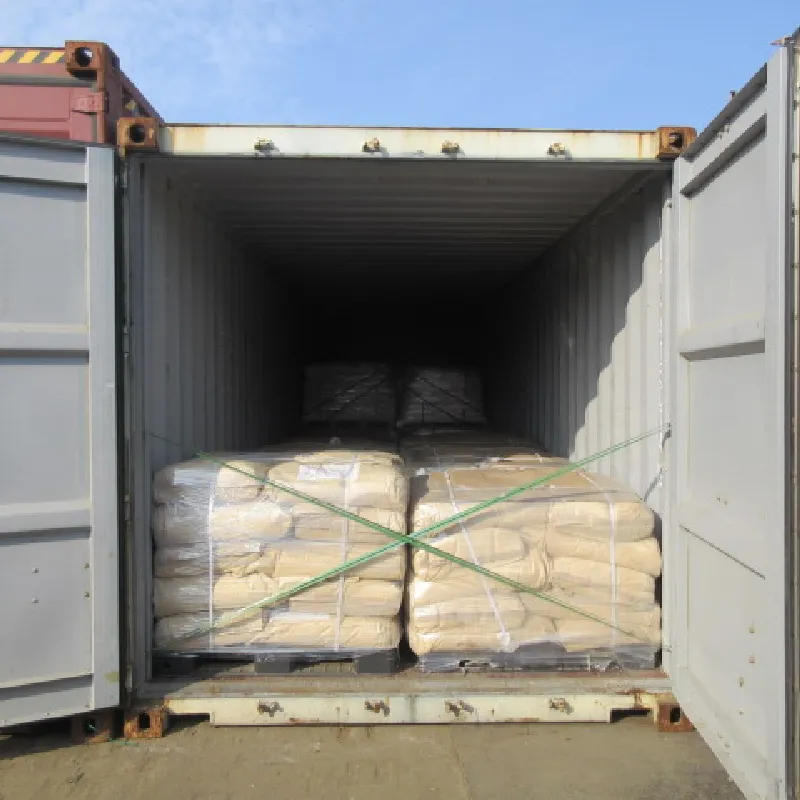
Acetone and Rubber: NBR Compatibility, Pricing & Supply
A Practical Field Guide to acetone and rubber: Formulation, Compatibility, and Real-World Choices
Walk through any tire plant or glove factory and, to be honest, you’ll catch that sharp solvent note in the air. This is where chemistry meets production speed. One unsung hero in that story is Tetramethyl Thiuram Disulfide (TMTD): an ultra-accelerator that makes rubber cure fast and consistently—and, interestingly, it dissolves neatly in acetone. That single detail often decides how you meter additives, how cleanly you process tooling, and how resilient your final parts are when they see solvent wipe-downs on the shop floor.

Why TMTD matters when talking about acetone and rubber
In fact, TMTD is a white to light-yellow powder with a faint sulfur smell, highly soluble in acetone, benzene, and ethyl acetate. That solubility allows easy masterbatching and precise dosing—no clumps, fewer rejects. Many customers say it’s the “set-and-forget” accelerator when cycle time is tight.
Industry trends I’m seeing
- Solvent-smart compounding: formulators moving to accelerators that dissolve in common plant solvents for cleaner, repeatable mixing.
- Compatibility-first design: switching from EPDM to FKM or NBR where regular acetone wipe-downs are part of maintenance.
- Compliance and documentation: ISO 9001 + REACH-ready supply chains and ASTM-driven testing routines.
Technical snapshot: how acetone and rubber interact
Acetone is a strong, polar aprotic solvent. It tends to swell many elastomers. Typical 24 h immersion at 23°C (ASTM D471) shows: NBR swells moderately (≈10–25% ΔV depending on ACN content), EPDM swells heavily (often unsuitable), FKM swells minimally (≈
Process flow that works on the floor
- Materials: Select base polymer (NBR/HNBR/FKM for acetone exposure); add TMTD accelerator, sulfur (or EV/SEV cure), ZnO, stearic, antioxidants, fillers.
- Methods: Pre-dissolve TMTD in acetone for a liquid premix or use masterbatch; mix in an internal mixer at controlled dump temps; sheet on two-roll mill.
- Cure: Press or continuous cure; monitor with MDR rheometer (ASTM D5289) to nail t90.
- Testing standards: ASTM D412 (tensile), D2240 (hardness), D395 (compression set), D471 (acetone immersion), D573 (heat aging).
- Service life: Under routine acetone wipe-downs, NBR/HNBR parts often see 1–3 years; FKM can push 5–10 years if heat is managed. Keep seals out of prolonged soaking when possible.
- Industries: Automotive fuel-handling and service tools, lab equipment, printing rollers, PPE (solvent-handling gloves), footwear bonding lines.
Product specification: Tetramethyl Thiuram Disulfide (TMTD)
| Appearance | White to light-yellow powder |
| Assay (purity) | ≥98% (typ.) |
| Melting point | 155–158°C |
| Solubility | Soluble in acetone, benzene, ethyl acetate; insoluble in water |
| Specific gravity | ≈1.29 g/cm³ @ 25°C |
| Particle size | D90 ≈ 200 μm (customizable) |
| Typical dosage | 0.2–1.0 phr (system-dependent) |
| Packaging | 25 kg bags/drums; COA + MSDS supplied |
Vendor comparison (real-world buying factors)
| Vendor | Certs | Lead time | Customization | Tech support |
|---|---|---|---|---|
| Tenger Chemical (Hebei, China) | ISO 9001; REACH-ready | ≈2–4 weeks | Particle size, masterbatch, packing | Formulation advice; test reports |
| Regional Trader | Basic QC docs | Stock-dependent | Limited | Email-only support |
| Generic Importer | Varies | Uncertain | None | Minimal |
Mini case files
- Auto service seals: A supplier switched from EPDM to FKM after acetone wipe-downs caused swelling; TMTD-based SEV cure cut compression set by ~12% (ASTM D395).
- Labware grips: NBR with higher ACN content plus TMTD accelerator showed ≈18% volume swell in acetone (24 h), but tensile held within spec (ASTM D412).
- Footwear bonding: Using an acetone-TMTD premix improved accelerator dispersion; scrap rate dipped “noticeably,” as the production manager put it.
Customization, logistics, and origin
Origin: 3-2-501, North Courtyard, West District, Jiuli Courtyard, Yuhua District, Shijiazhuang City, Hebei, China. Custom particle size, dusted or oil-treated grades, and masterbatch options are available. Honestly, the easier it disperses, the fewer headaches you’ll have under tight takt times.
Compliance and documentation
Expect ISO 9001 quality systems, COA/MSDS, and REACH/RoHS alignment. Testing against ASTM D471, D412, D2240, D395, and D5289 keeps the conversation objective.
References
-
What Is a Food Additive? Global Insights, Applications & Future TrendsNewsNov.24,2025
-
968 Sweetener: The Modern Solution for Health-Conscious SweeteningNewsNov.23,2025
-
Discover the Benefits and Uses of 965 Sweetener (Erythritol) | Tenger ChemicalNewsNov.23,2025
-
961 Sweetener - A Next-Gen Sugar Alternative for Health and IndustryNewsNov.23,2025
-
Understanding 960 Sweetener: The Modern Sugar Alternative for Health and IndustryNewsNov.22,2025
-
Everything You Need to Know About 955 950 Sweeteners – Benefits, Uses, and TrendsNewsNov.22,2025
-
953 Sweetener: Global Insights, Applications, and Future TrendsNewsNov.21,2025
Hebei Tenger Chemical Technology Co., Ltd. focuses on the chemical industry and is committed to the export service of chemical raw materials.
-

view more DiethanolisopropanolamineIn the ever-growing field of chemical solutions, diethanolisopropanolamine (DEIPA) stands out as a versatile and important compound. Due to its unique chemical structure and properties, DEIPA is of interest to various industries including construction, personal care, and agriculture. -

view more TriisopropanolamineTriisopropanolamine (TIPA) alkanol amine substance, is a kind of alcohol amine compound with amino and alcohol hydroxyl, and because of its molecules contains both amino and hydroxyl. -

view more Tetramethyl Thiuram DisulfideTetramethyl thiuram disulfide, also known as TMTD, is a white to light-yellow powder with a distinct sulfur-like odor. It is soluble in organic solvents such as benzene, acetone, and ethyl acetate, making it highly versatile for use in different formulations. TMTD is known for its excellent vulcanization acceleration properties, which makes it a key ingredient in the production of rubber products. Additionally, it acts as an effective fungicide and bactericide, making it valuable in agricultural applications. Its high purity and stability ensure consistent performance, making it a preferred choice for manufacturers across various industries.





